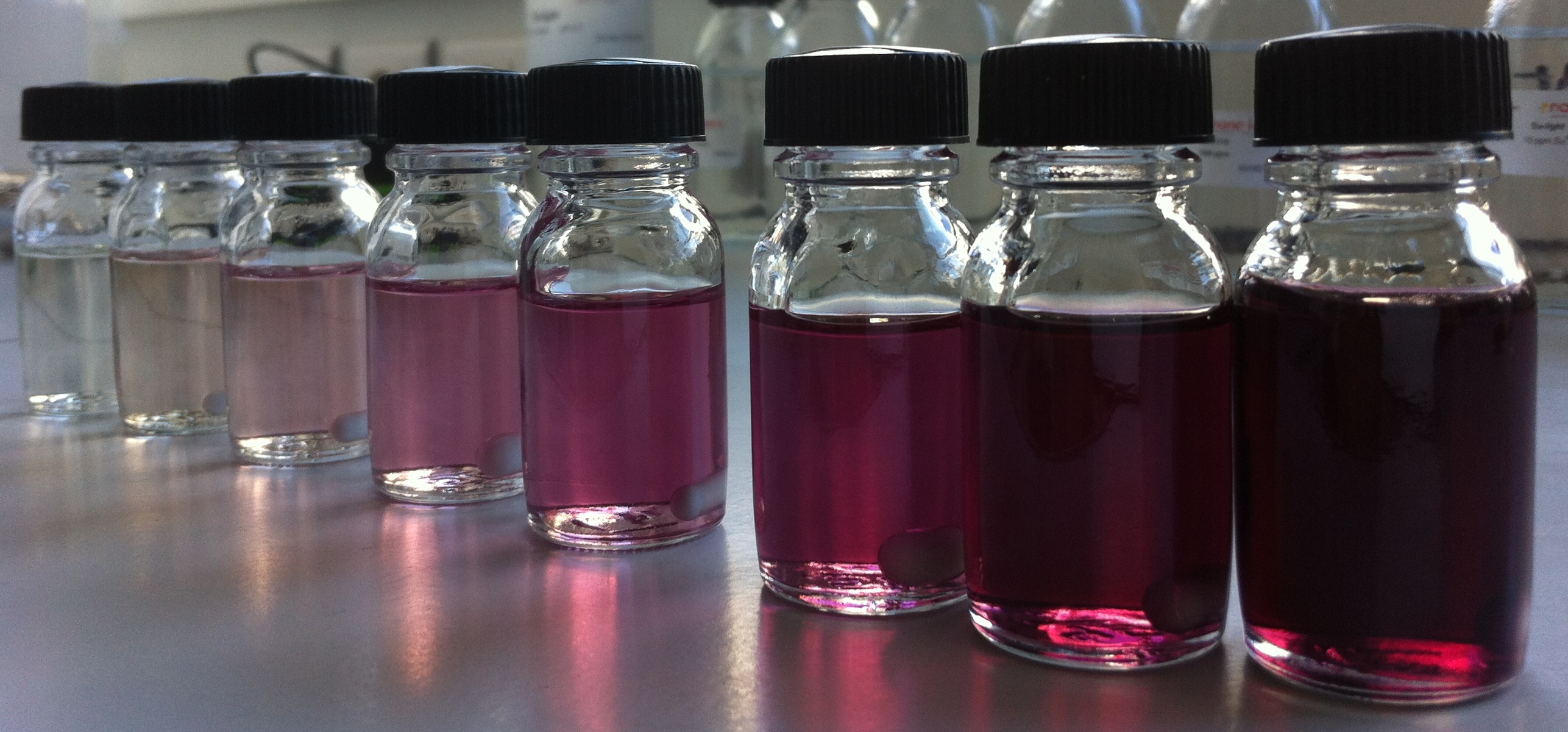PRODYNOV project is a multidisciplinary approach that aims to enable intraperitoneal photodynamic therapy (PDT) of peritoneal metastases of epithelial ovarian cancer (EOC).
Background
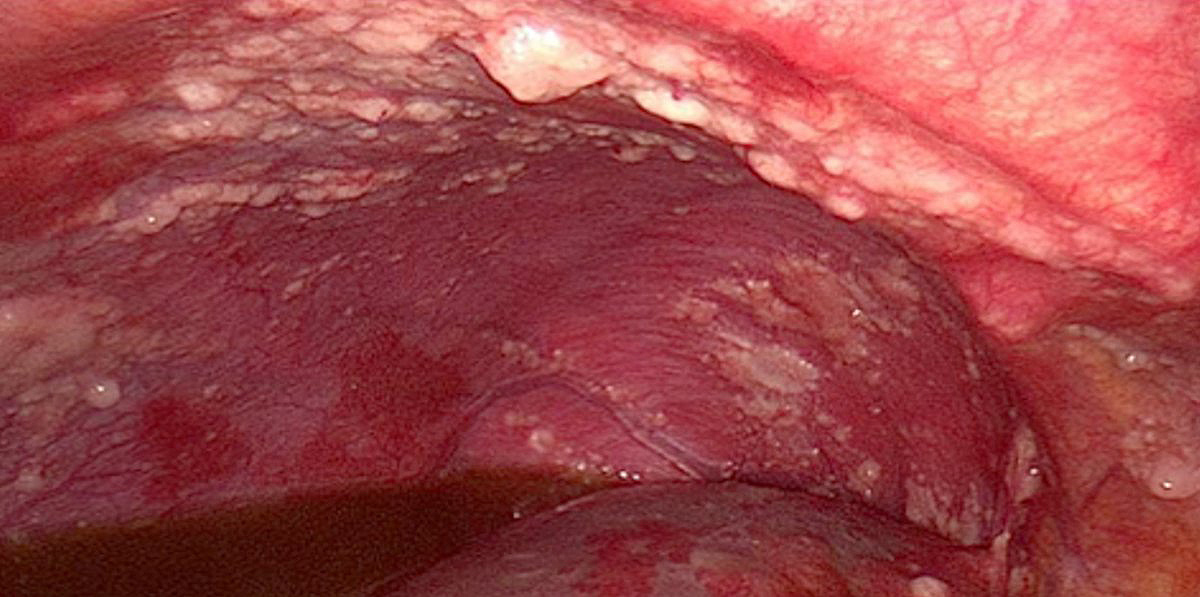
EOC management remains association of complete cytoreductive surgery in combination with platinum-based chemotherapy and targeted therapies if indicated. Despite this management, 60% of patients in remission will develop peritoneal recurrences. This high peritoneal recurrence rate raises the issue of microscopic peritoneal metastases management and requires the development of additional locoregional treatment strategies.
An option to improve the completion of cytoreductive surgery may be the use of PDT. Photodynamic therapy’s ability to treat superficial lesions disseminated on large area makes it an excellent candidate to insure destruction of microscopic peritoneal metastases.
This treatment may be associated with fluorescence guided surgery using the same photosensitizer to improve the completion of cytoreductive surgery.
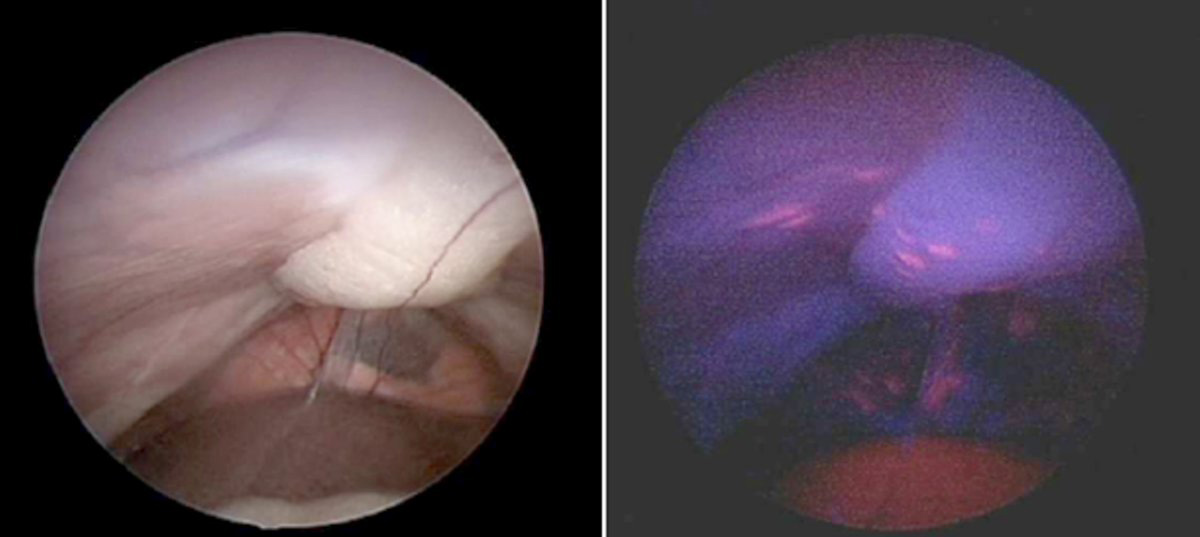
Photodynamic Therapy
PDT is an effective technique that has already been applied in other medical indications. After administration of a photosensitizer (PS) that accumulates in cancer cells, illumination with a light of adequate wavelength induces a photochemical reaction to tissue oxygen leading to reactive oxygen species (ROS) production and a cytotoxic phenomenon. PDT ability to treat superficial lesions over a large area makes it an excellent candidate for destruction of microscopic residual disease.
Theoretically PDT has the advantage of a double selectivity: photosensitizer selectivity for the tumor and selectivity of the wavelength that activates the photosensitizer, but the development of intraperitoneal PDT has been limited because of poor tolerance related to the lack of specificity of photosensitizers and the proximity of intraperitoneal organs. Recent approaches targeting folate receptors which are highly specific for EOC could resolve this limitation. The French team Réactions et Génie des Procédés (UMR 7274 CNRS – University of Lorraine, Nancy, France) is expert in the field of specific photosensitizer design and synthesis.
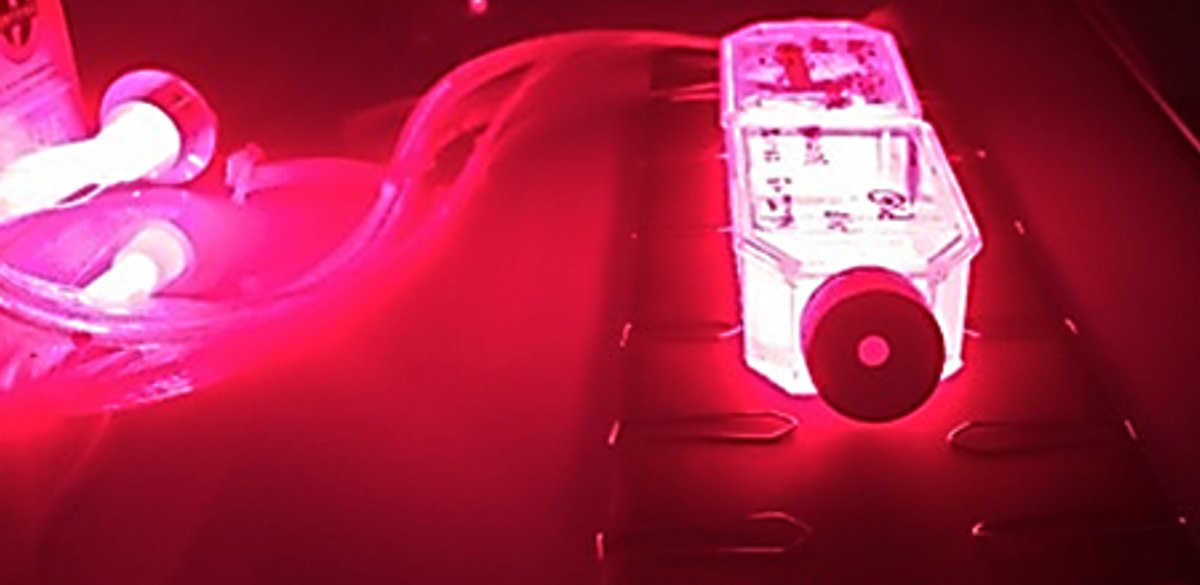
PDT is also interesting because it’s based on different biological mechanisms and may offer a cytotoxic response that involves different pathways than chemotherapy, in case of chemoresistance. Furthermore, in addition to direct cytotoxicity, PDT can stimulate a delayed immune response and be responsible for immunotherapy (abscopal effect). Recent studies demonstrate that PTD may change the secretome of tumor cells in favor of a secretome that activates the mitochondrial metabolism of immune cells. The team CNRS UMR 8161 (Institut de Biologie de Lille, France) is working on this topic.
PDT could offer well-tolerated and effective adjuvant therapy of the peritoneum after surgical removal of visible tumors.
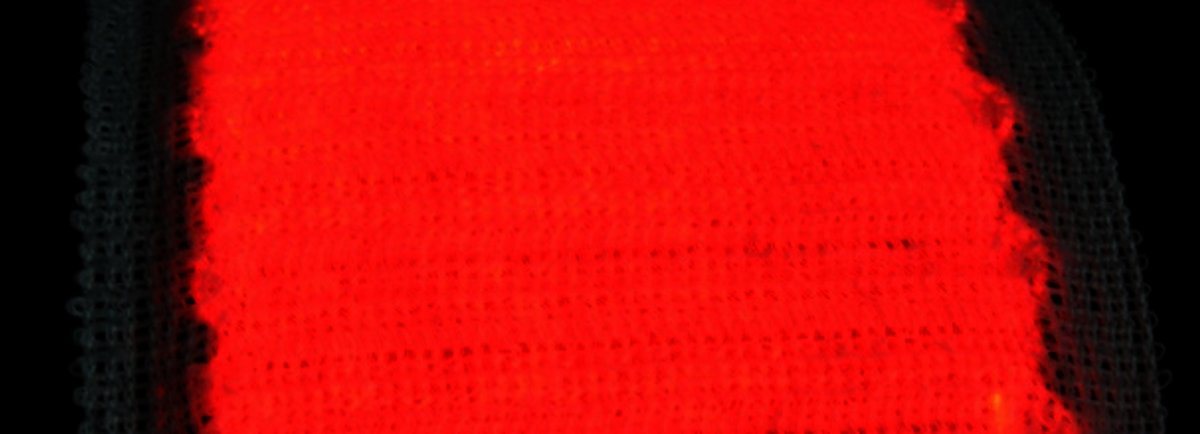
Where do we stand?
Preclinical studies have been performed in vitro on murine and human cell lines of EOC and in vivo with a preclinical model of peritoneal carcinomatosis.
Tissue quantification of the PS showed specific incorporation of the folate-targeted PS within tumor tissue. Specificity for ovarian cancer metastases is better than previously reported with others photosensitizers (Tumor-to-normal tissue ratio 9.6). We could detect specific fluorescence in vitro and in vivo on peritoneal metastases. Folic-acid targeted PDT allows to obtain human EOC cells death in vitro.
Another aspect of photodynamic therapy development is the illumination using an optimal scheme and a light administration monitoring. Innovative illumination solutions are available, as textile light diffusers which offer the possibility to apply a homogenous distribution of light on large surface area, as parietal peritoneum or direct and cylindrical diffusing fibres which are easy to handle and allow reaching spaces that are difficult to attain.
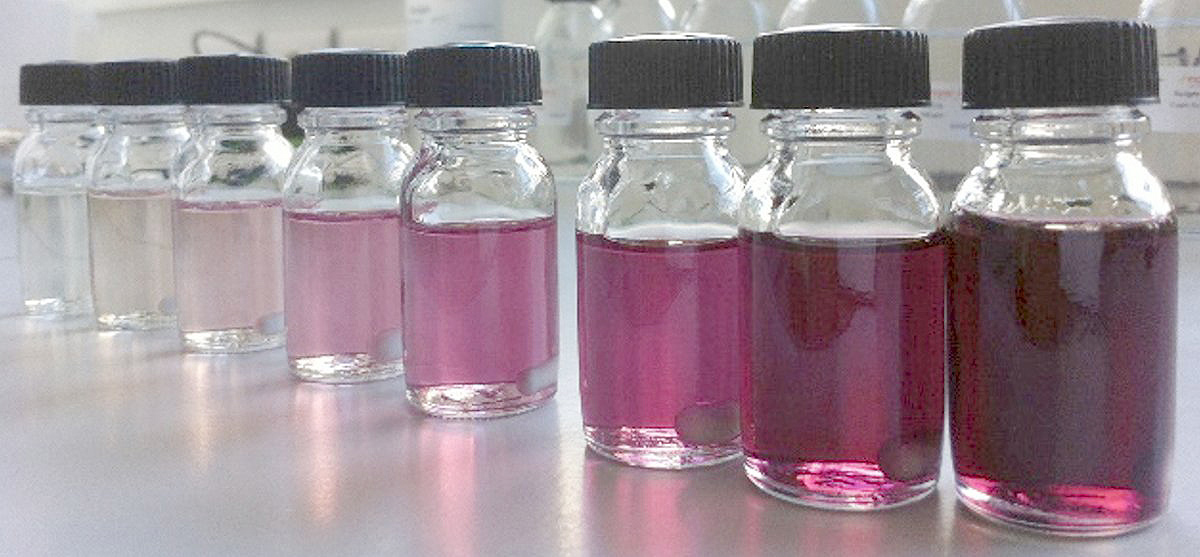
PDT requires having an expert knowledge of several parameters (photosensitizer synthesis, biology, immunology, illumination procedure, surgery). It is essential to propose to the clinicians a device which allows a reproducible and efficient illumination procedure. Targeted photosensitizers and innovative illumination solutions are mandatory to continue research in this field and to consider the feasibility of clinical trials. Then, photodynamic therapy could be part of innovative management in epithelial ovarian cancer care.


